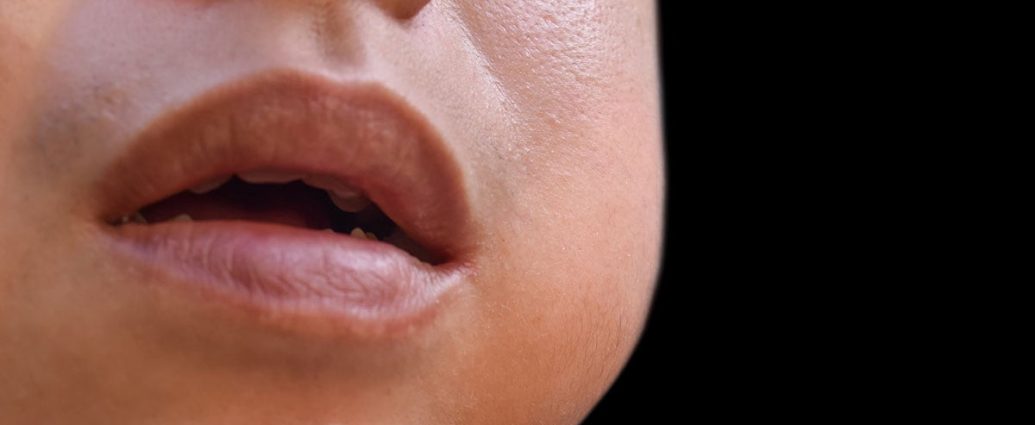Mumps or parotitis is a highly contagious disease that usually particularly affects children and young people, with a lower incidence in adults. The contagion occurs through droplets of saliva or aerosols or by direct contact with areas contaminated by the infected person.
Currently, there is a vaccine for mumps, being the most effective way to protect against the disease. This vaccine is provided for in the Vaccination Calendar in Spain and is known as the triple viral vaccine or MMR and protects against measles, rubella, and mumps. Thanks to the extent of vaccination against parotitis, its incidence is low, with only small punctual outbreaks of different magnitudes.
Below we discover the causes of mumps, symptoms, and treatment. If you want more information, don’t stop reading.
What Are The Mumps?
Strenixtititis is an infection caused by viruses, with paramyxoviruses or mumps viruses being the most common, although they can also have the action of bacteria. The most obvious sign of this infection is inflammation of the parotid glands, i.e. larger salivary glands and located on both sides of the face.
This disease is common in young children, affecting an age group ranging from 5 to 14 years, although cases may also occur in adults. Currently, following the widespread vaccination process, the number of cases has been reduced to 1 case per 10,000 inhabitants. The age of the highest incidence has also varied, with adolescents and younger adults being the most affected.
Causes
The main cause of mumps is contagious, being a typical disease of late winter and early spring. The propagation is done by coughing, talking, sneezing, or screaming at the infected person, although it can also spread when coming into contact with saliva when sharing glasses, cutlery, and other objects such as toys.
The time during which the patient is contagious extends from the moments before inflammation of the salivary glands up to five days after the salivary glands.
Symptoms of Mumps
One of the most characteristic symptoms of mumps is pain, inflammation, and hardening of the two sides of the face, in the area of the parotid glands, located specifically between the ear lobe and the jaw. The glands are inflamed for two or three days, until reaching their maximum volume, making it possible that only one side is affected. This inflammation usually adds fever, headache, and muscle aches.
In addition, some complications such as the extension of inflammation to other areas such as encephalitis, meningitis, orchitis, ovaritis, nephritis, myocarditis, as well as inflammations in the joints or epidiseum may also arise, with orchitis or testicular inflammation being more frequent, especially among adolescents than among children.
Prevention
The best way to prevent mumps is to get vaccinated so you can get immunized from the disease. This vaccine is included in the state vaccination program and, as we have already pointed out, is known as triple viral when protecting against measles and rubella. The vaccine is given in two doses, one at 12 months and one for souvenirs between 2 and 4 years. Systematic vaccination was carried out in 1981 and only mild adverse reactions of the type of pain at the point of injection or febricula are known.
Also as a preventive measure, it is important that all people born from 1970 onwards and are not vaccinated receive the vaccine to protect themselves from these three diseases.
Finally, to avoid contagion and generate an outbreak, it is important to isolate the patient. It should be borne in mind that a person affected by mumps can be contagious up to five days after the onset of the first symptoms.
Treatments For Mumps
As for the diagnosis of mumps, this is simple since the symptoms are notorious and visible, that is, the inflammation of the salivary glands, although it is important to perform a blood test in case you are suspected of another pathology behind this inflammation.
The prognosis of mumps is usually positive as it usually occurs without major complications. However, although it is a disease that does not usually affect adults, it is more serious in these cases and usually has complications such as male infertility, one of the most serious.
Mumptein treatments are often confined to tackling inflammation and fever by prescribing anti thermal and anti-inflammatory drugs. Mumbs are disappearing on their own and only require rest and rest in bed, as well as following a soft, soft diet that makes it easier to swallow food without pain. A diet in which it is better to exclude salty or acidic foods as they produce plenty of salivation, with the consequent pain in the salivary glands.
It is also advisable to drink many liquids, garnage with warm water and salt, and apply cold or hot compresses to the swollen glands. If sensitivity or testicular pain is also noticed, it is also advisable to apply cold compresses in the area.
